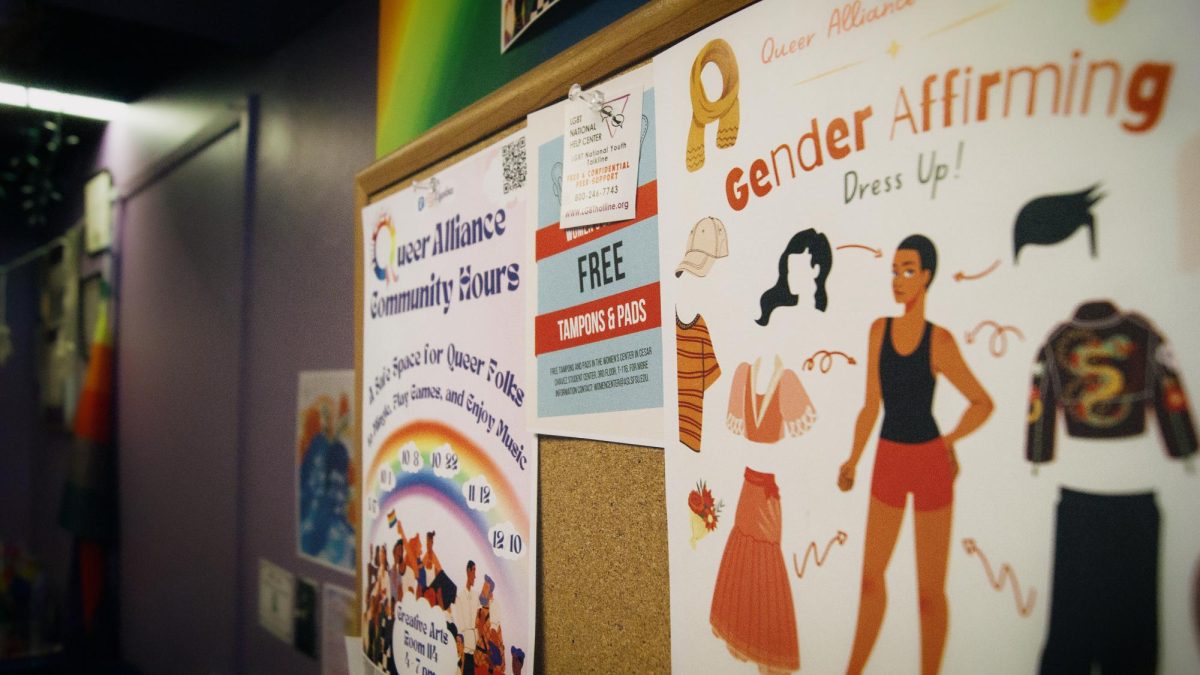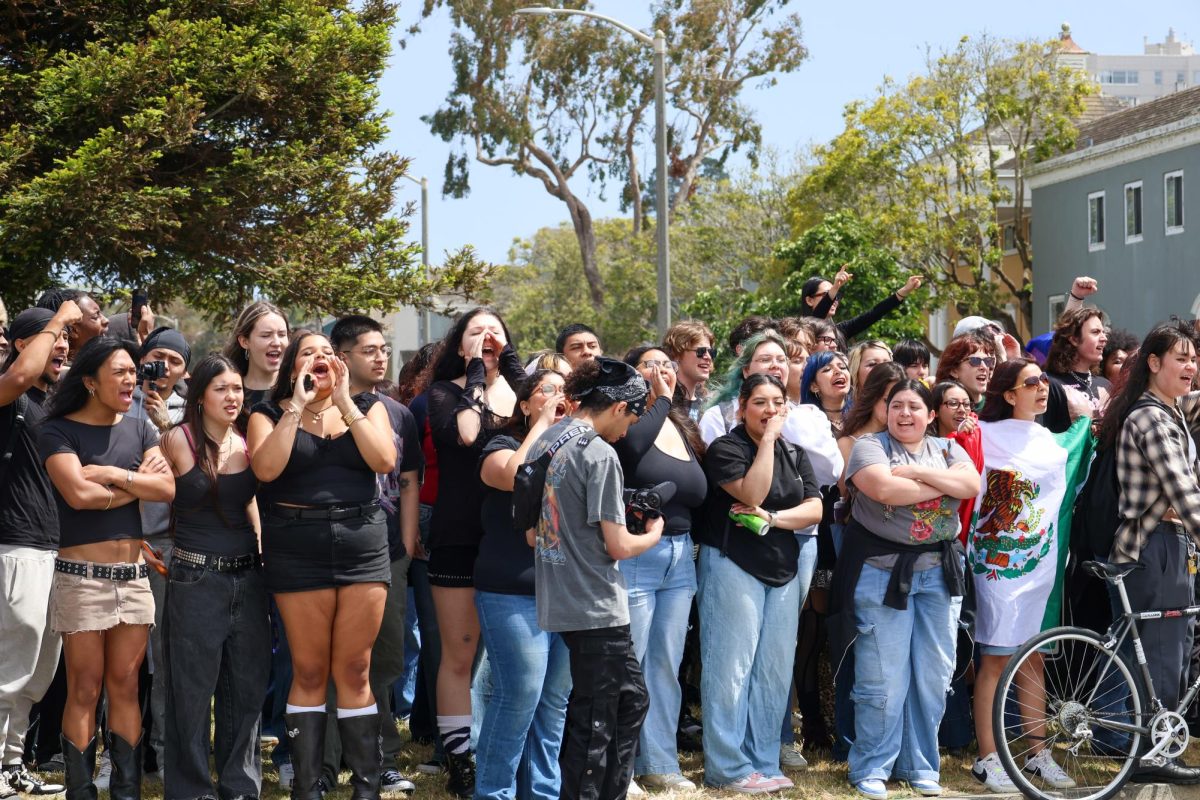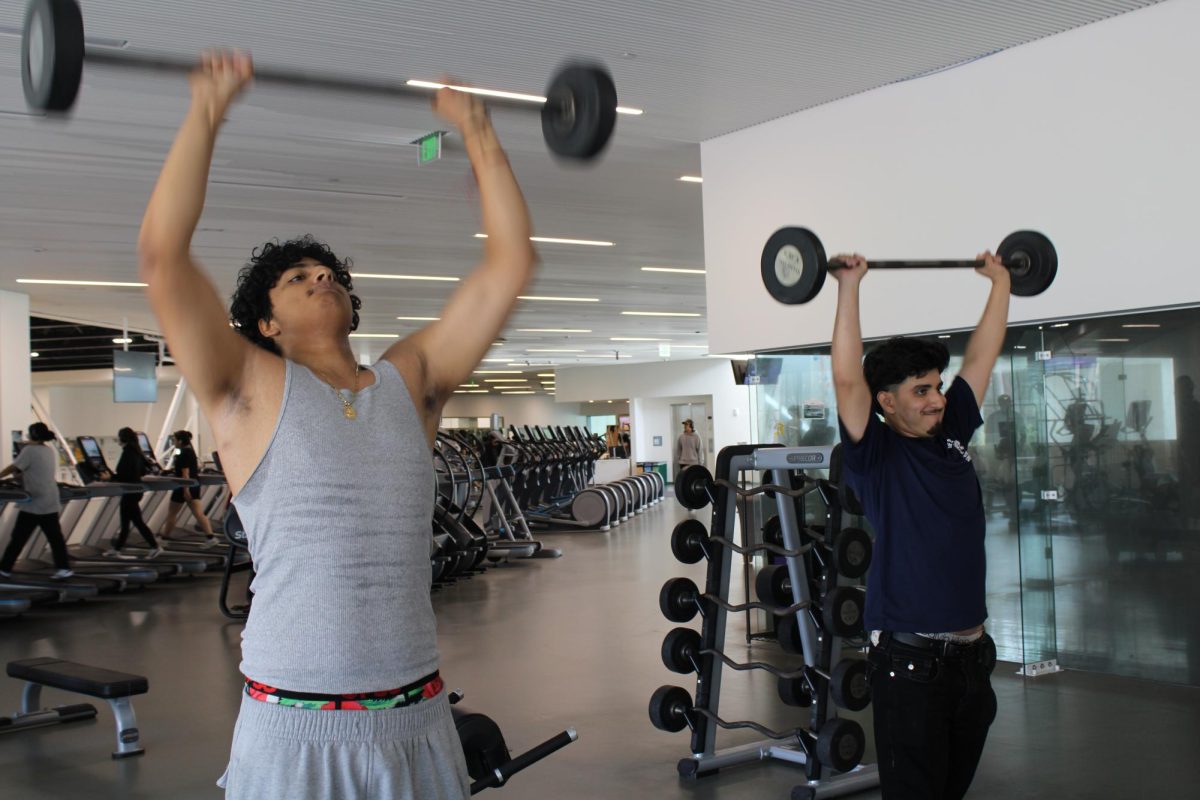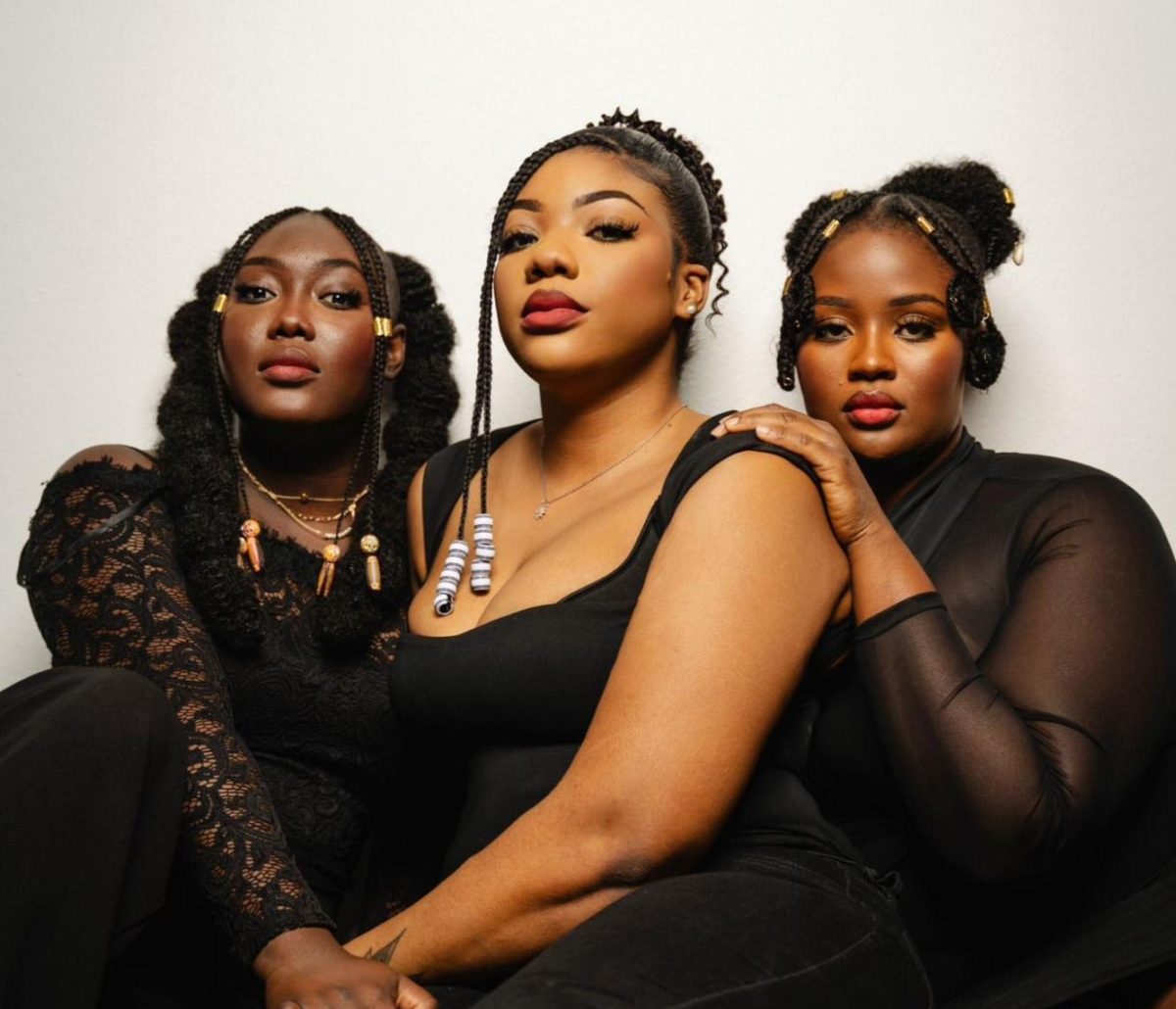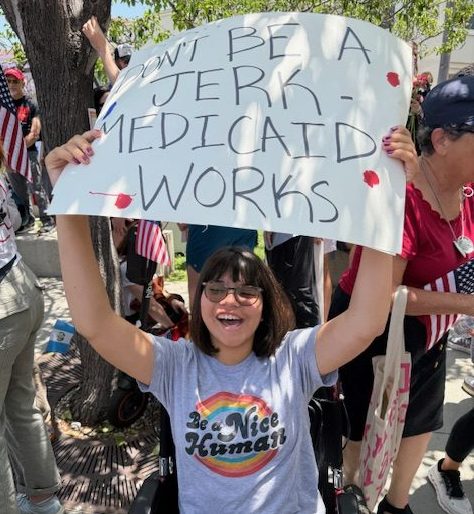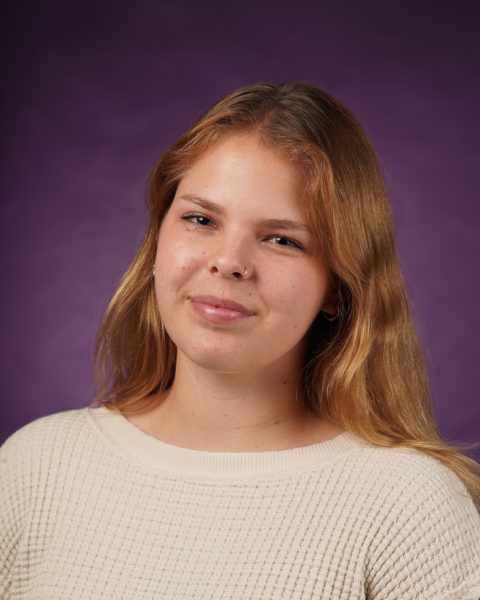Following last year’s appearance of swimmer Riley Gaines, hosted by conservative club Turning Point USA, students like Tria Rosa Valbuena have been scared to come to campus. Amidst all of the threats and slew of different opinions concerning gender identity, transgender and queer students are seeking solace amongst their peers through different clubs.
Valbuena, the assistant coordinator of student-led club Queer Alliance, emphasizes that the creation of different clubs such as QA, Latinx Queer Club, Haus Blaque and Asian Pacific Islander Queer Trans Club came from a need for a space safe for queer and transgender students.
Queer Alliance
Queer Alliance hosts different events on campus that allow students to freely explore gender identity and expression with others that are going through the same experience.
Recalling a recent pool party the club held for gender non-conforming students, Valbuena says that social events are one of the most important resources queer students can have.
“Queer folks are a diaspora,” Valbuena said. “We’re from all walks of life and all places, and it can be hard to find support in the community. It’s important because a lot of this self-discovery of identity, of gender, of sexuality, a lot of that is done through interaction with others.”
Citing her own experience with transitioning, Valbuena says that she only came to realize she wanted to begin hormone therapy after talking to other queer people with whom she could find shared experiences.
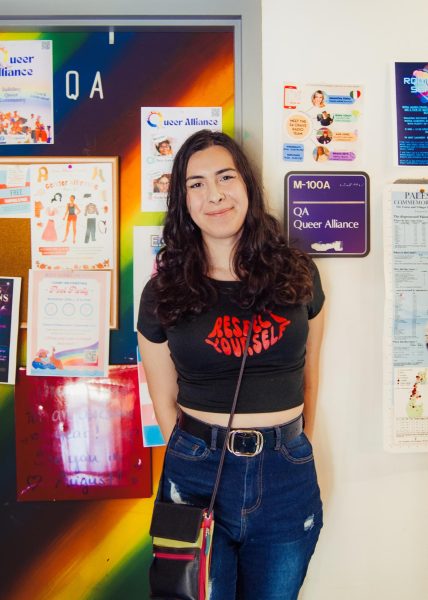
She explains that college students who may suddenly want to explore their identity but don’t know where to start can find guidance through organizations like Queer Alliance and others.
“So many people at this stage feel so unbalanced, feel so undirected or feel like there’s so much that they need to explore and discover and it can be overwhelming,” Valbuena said. “We provide a space for people to ask those questions.”
Latinx Queer Club
Annie Hernandez, outreach coordinator for the Latinx Queer Club, affirms the idea that social resources are just as important as physical ones when it comes to exploring gender and sexuality.
Hernandez is a transfer student from Cosumnes River College and chose to apply to SF State out of appreciation for the mere existence of the Latinx Queer Club.
“It really played a big part in me feeling like there was like a community for me here,” Hernandez said.
They explained that it was even more important for them to find a club that includes their intersectional identities.
“I think that a lot of traditional gender roles in a lot of different Latinx cultures can be really heavy,” Hernandez said. “Being queer in any way subverts that and it can become problematic to other people. So I know, for me, it was just really cool to be in a space where other people understood the weight of that.”
They share that the clubs offer students the opportunity to connect with one another and make sure everyone feels supported, no matter what background they’re from.
The Queer and Transgender Resource Center
The Queer and Transgender Resource Center (QRTC) on campus in the Cesar Chavez Center is another space for queer and transgender students to get together and share their experiences, but they also provide physical resources for gender-affirming care.
Gender-affirming care, as defined by the National Library of Medicine, is any procedure that helps align one’s body with their gender identity. Gender-affirming care does not always need to be procedural, as physical items such as binders, tucking materials, breast inserts and more are used to help people feel comfortable in their body and identity.
When speaking on the free gender-affirming resources available to students, Kamryn Sadralodabai Collins, assistant director of the QRTC, says the organization wants to make them as accessible as possible.
A problem that arises with trying to make these resources accessible and abundant is the tight budget that the QTRC gets to work with for ordering their supplies.
According to director Alexa Huaman, QTRC receives their budget from Associated Students. The organization is composed of different services for students and is funded by a $54 fee paid by the students in their tuition costs.
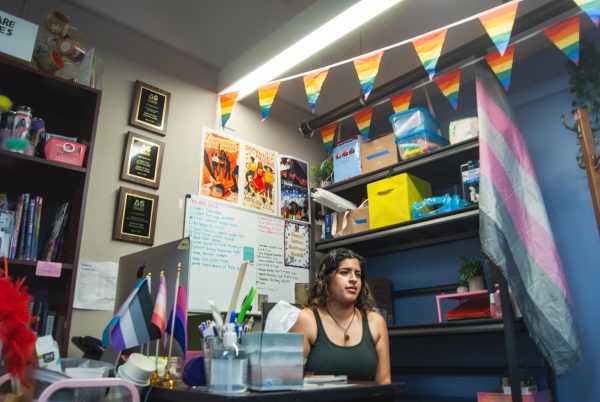
Huaman and Collins emphasize that the QTRC will always be a safe space for students to explore their identity and request gender-affirming resources.
“We’re here to encourage people to explore themselves over time. There’s no rush,” Collins said. “Our resource center will always be here to support them and we’re always going to be the people who are fighting to get things for them, no matter what. Even if the budget was zero, we’d still be fighting to get them supplies because we know they’re necessary.”
Apollo Fisher, a studio art major at SF State, says he believes that it is general opinion that gender-affirming care is life-saving care.
“I think it’s more than just life-saving as in whether or not you live or die,” Fisher said. “I think it’s about the satisfaction of living, period.”
According to the 2023 U.S National Survey on the Mental Health of LGBTQ+ Young People, a yearly study conducted by The Trevor Project, 41% of LGBTQ young people seriously considered attempting suicide in the past year. Almost half of all of the transgender and nonbinary people that were surveyed considered taking their life.
“For a lot of trans individuals, your gender dysphoria and your body dysphoria can be so intense that it stops you from doing anything,” Fisher said. “So I think that having resources like that, even on a college campus, is insanely important.”
Fisher and Liam Kennedy-Moore, a fourth-year student at SF State, believe that the general public’s view on gender-affirming care is generally narrowed and needs to be expanded.
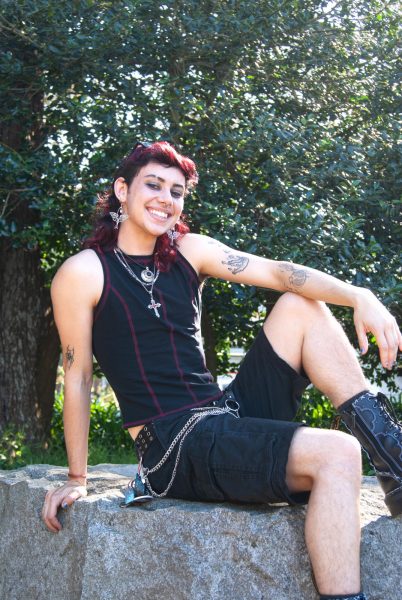
“If you’re a cisgender heterosexual woman, doing your makeup is gender-affirming care,” Kennedy-Moore said. “Gender-affirming means just exactly what it sounds like, that you’re affirming whatever you believe your gender to be.”
Clubs and organizations at SF State such as Queer Alliance and the QTRC are just some of the many examples of how queer and transgender students in college can be supported socially and through accessible resources.
“These resources save lives,” Collins said. “Especially as someone who’s experienced it, feeling so uncomfortable in your body. You have to wait for surgery, you have to wait until you’re a certain age, until you have a certain amount of money. If this is all we can offer them to help and help them do it safely, that’s a privilege. It’s an honor to do so.”



